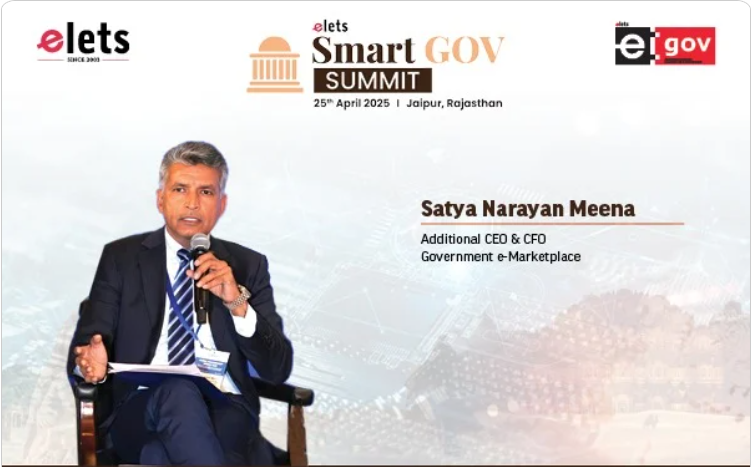
An evaluation of the World Bank’s 2016 procurement reforms, focusing on aligning with international best practices and reducing project delays.
The goal of the World Bank’s procurement processes is to ensure client countries get the best value for every development dollar while promoting good practices and innovation. The 2016 reform aimed to modernize these processes based on cutting-edge, international good practice principles. The IEG report highlights the progress made and offers insights to further enhance the reform’s impact. World Bank supported projects that successfully applied the reform principles obtained better value for money and results. Furthermore, the evaluation reveals that the reform is on the right track and implementation can be scaled up.
1. Take Early Action: Starting procurement early is crucial for better project performance. Projects with satisfactory implementation ratings often had about 40% of contracts signed by the end of the first year of implementation. Success depends on advance planning and addressing issues before they cause delays. Frequent procurement issues relate to preparing terms of reference, bidding projects and evaluating proposals.
Author: Jenny Gold & Elisabeth Goller
Note: You will be redirected to an external website.




No comments yet. Be the first to comment!